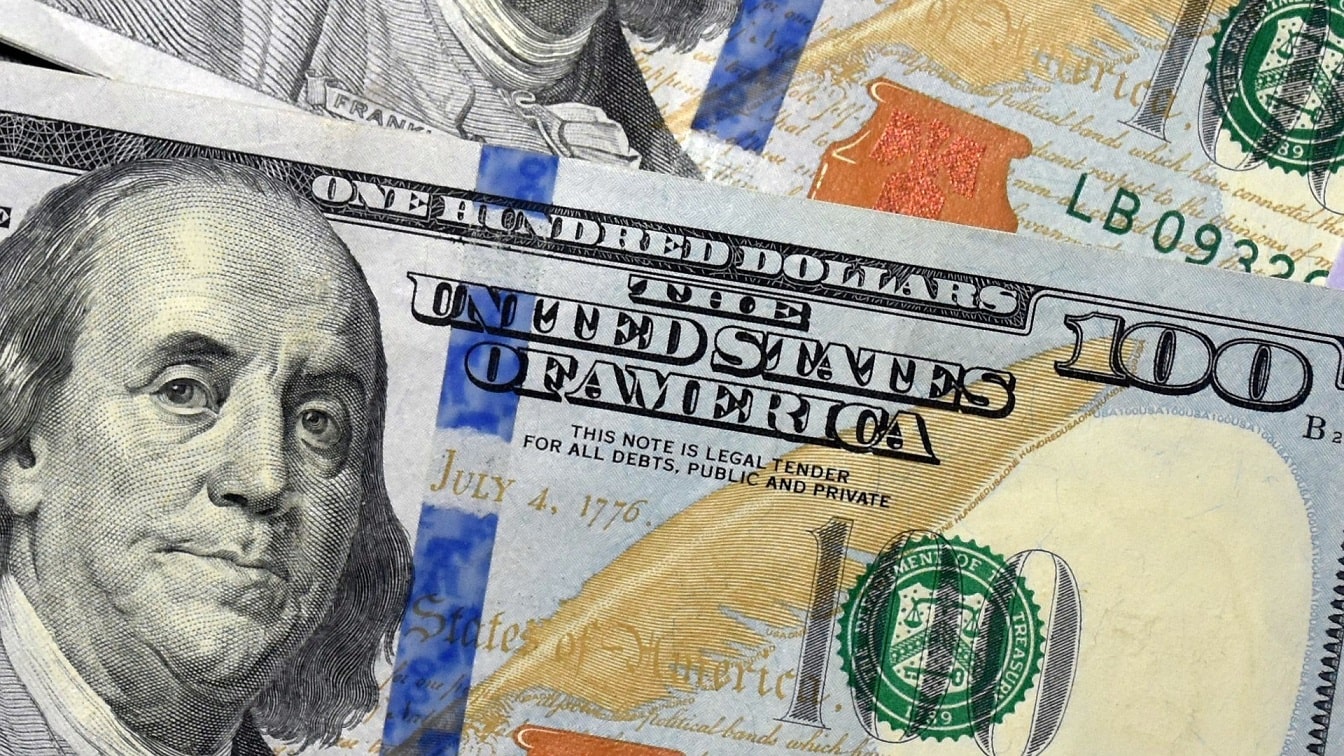/tpg%2F43df4888-e5de-4a17-a535-bf6bbe1450a6.jpeg)





As Donald Trump intensifies his pressure on Federal Reserve Chair Jerome Powell to cut interest rates, concerns are mounting about the potential repercussions of such policies. Drawing parallels with Turkish President Recep Erdogan, who slashed interest rates from 19% in late 2021 to 8.5% by early 2023—resulting in a staggering 85% inflation—analysts warn that Trump's approach could lead the U.S. into a similar economic turmoil [046c7316].
Recently, global interest rates have begun to drop, with the European Central Bank (ECB) cutting rates by a quarter percentage point on January 17, 2025, and the Bank of Canada also reducing rates on January 16, 2025. The Bank of England is expected to follow suit [2560d40e]. However, the Federal Reserve remains on hold, with Powell indicating no urgency for rate cuts, much to Trump's dissatisfaction. During a speech at the World Economic Forum in Davos, Switzerland, Trump demanded immediate rate drops, highlighting the divergence in U.S. monetary policy compared to other nations [2560d40e].
In a recent speech on January 10, 2024, Chicago Fed President Austan Goolsbee emphasized the importance of a slower pace of interest rate cuts, suggesting that the economy is showing signs of resilience. He highlighted the need to balance inflation control with economic growth, which reflects a cautious stance within the Federal Reserve regarding aggressive rate cuts [709fa11b].
On January 29, 2025, the Federal Reserve announced its decision to halt previous rate cuts, maintaining the current interest rates despite Trump's calls for reductions to stimulate economic growth. Powell has asserted the Fed's independence, stating he would not resign if requested by Trump, further emphasizing the institution's commitment to its mandate [432319a5].
Trump's proposed policies could escalate the federal budget deficit to 6.5% of GDP and push public debt to 140% by 2034. This alarming projection has raised eyebrows among economists who fear that aggressive rate cuts could destabilize the economy further [046c7316].
The current economic landscape is already fraught with challenges. The U.S. Federal Reserve has signaled a cautious approach to interest rates, with recent data showing a rise in the 10-year Treasury bond yield from 3.6% to 4.6% since September, despite the Fed's rate cuts. This suggests that investor confidence may be waning in the face of potential fiscal irresponsibility [046c7316].
In light of Trump's impending return to the White House, global central banks are also reassessing their strategies. Norway's central bank has held its rates steady at 4.50%, warning of the risks associated with a potential trade war stemming from Trump's administration. Meanwhile, Sweden has cut its rates to 2.50% but remains vigilant about future economic developments. The Czech National Bank has paused any further rate cuts, citing inflation pressures that could be exacerbated by Trump's economic strategies [80eafdba].
As Trump pressures Congress to reject government funding bills and raise the debt ceiling, the implications of his policies are being closely monitored by financial institutions worldwide. The interconnectedness of global economies means that Trump's decisions could have far-reaching effects, prompting central banks to remain vigilant and adaptable in their approaches [80eafdba].
These developments coincide with a recent US jobs report indicating that the economy added 256,000 jobs in December, leading to a decrease in the unemployment rate to 4.1%. This positive data has fueled speculation that the Federal Reserve may hold off on interest rate cuts, even as bond markets react to investor concerns about the sustainability of Trump's proposed economic strategies [86a6a29f].
As markets continue to react to these evolving narratives, the balance of global economic policies remains delicate, with central banks adjusting their strategies in response to the uncertainties surrounding Trump's administration [6b67637a].
With U.S. GDP growing by 2.8% in 2024 and inflation nearly contained, the Fed finds itself in a 'policy purgatory,' as noted by KPMG's Diane Swonk. This situation complicates Trump's trade goals, particularly as the strengthening dollar could impact U.S. exports [2560d40e].
In the backdrop of these economic tensions, Trump has linked potential cuts in oil prices to the possibility of rate reductions, further complicating the Fed's position as it navigates the political landscape while maintaining its focus on economic stability [432319a5].